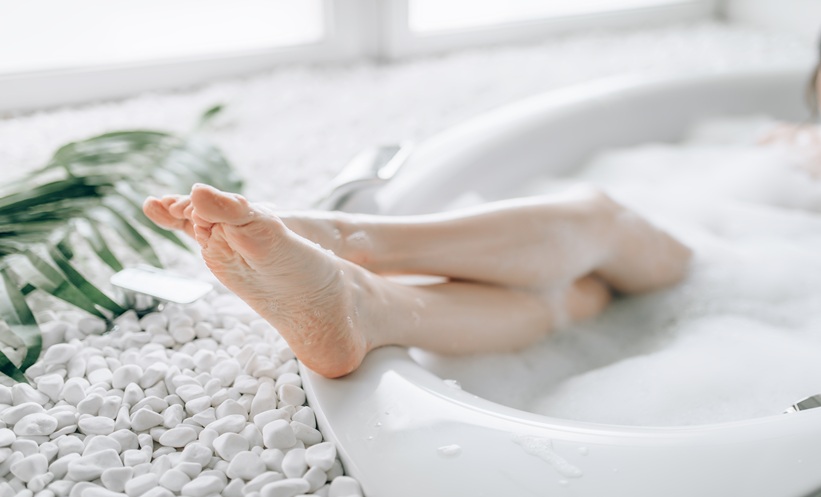HIGHLY comprehensive trial displaying how electrical stimulation boosts wound healing has been performed in 40 volunteers by researchers from the University of Manchester, Manchester, UK.
Slow-to-heal skin wounds are a clinical challenge to physicians worldwide. Each year, the NHS alone spends £1 billion on treating chronic wounds such as lower limb venous and diabetic ulcers. Wounds become chronic when they fail to heal and remain open for longer than 6 weeks.
Researchers performed a unique human volunteer study of skin wound healing in 40 subjects. The study has provided new data supporting previous work by the team, allowing a new partnership with Oxford BioElectronics Ltd, Abingdon, UK, which in collaboration with the University will develop and analyse devices and dressings for quicker wound healing.
During the new study, half-centimetre, harmless wounds were made on each upper arm of the subjects. One wound was left to heal normally while the other was treated with electrical pulses over a period of 2 weeks. These pulses stimulated angiogenesis, the process whereby new blood vessels are formed. This process increases the blood flow to the damaged area, resulting in the wounds healing significantly faster. Dr Ardeshir Bayat, Principal Investigator, Institute of Inflammation and Repair, University of Manchester, and his team are set to work with Oxford BioElectronics Ltd on a 5-year plan to develop and evaluate devices and dressings that use the same techniques to stimulate the body’s nervous system to generate nerve impulses at the site of skin repair.
Dr Bayat is also leading on the partnership. “This research has shown the effectiveness of electrical stimulation in wound healing, and therefore we believe this technology has the potential to be applied to any situation where faster wound healing is particularly desirable, such as following human or veterinary surgical wounds, accidental, or military trauma and in sports injuries,” he said.
Dr Bayat concluded: “When used in acute and chronic wounds, bandages are essentially just a covering. With this technology we hope that the dressings will be able to make a significant functional contribution to healing the wounds and getting the patient back to full health as quickly as possible.”
Zoë Webster
(Image: freeimages.com)







